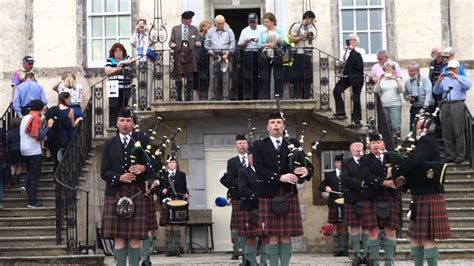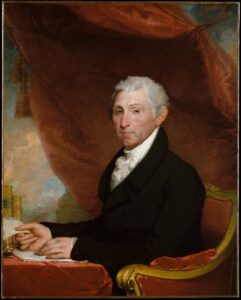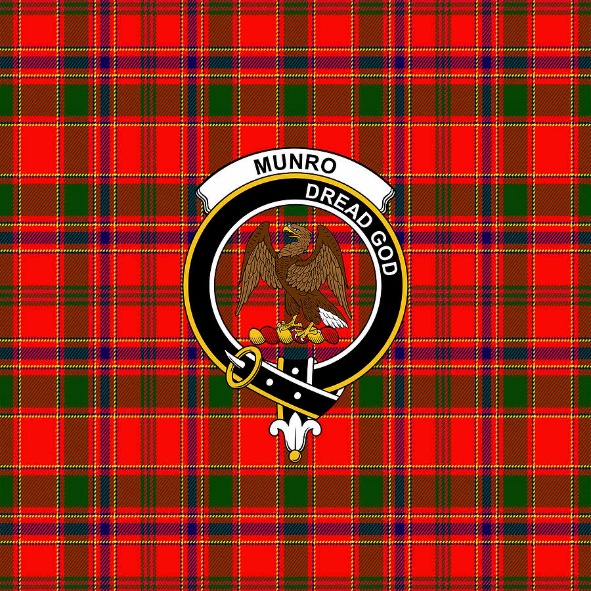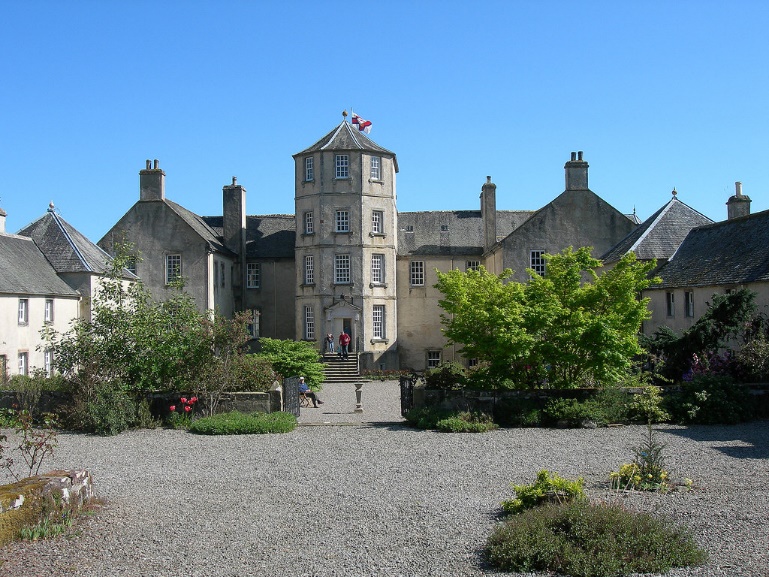Catherine McKinley
Clan Monroe evolved from Clan Munro which, in the 11th Century, initially was made up of mercenary soldiers from Ireland. In appreciation for their assistance in defeating Viking invaders, Clan Munro was granted lands in Ross by a grateful King Malcolm II of Scotland.

By the middle of the 14th Century, they were well established on the North Shore of Cromarty Firth in the area known as Ferindonald (Donald’s Land), named after their legendary chief. From there, they spread their sphere of influence northward and eastward. Clan Munro initially held land as vassals of the powerful Earls of Ross. After the forfeiture of that earldom, they were loyal directly to the Crown.

Basically a law abiding and peaceful clan in general, when needs arose they stoutly defended their interests. The Munro Clan made their mark in various fields. They made a significant contribution to Scottish traditional arts in the 15th century, in particular pipe music. The Munros also became known for their prominence in the Scottish clergy. The Munros included Rev. Alexander Munro as well as four other Justices of the Peace in Sutherland and Caithness.
The Monroe Name in the United States

Much later (after the clan name had evolved into Monroe) one of their own – James Monroe – became the fifth President of the United States. He authored the famous Monroe Doctrine, which promised that the U.S. would not attempt to interfere in European affairs while also warning European colonial powers that any further attempts at colonization anywhere in the Western Hemisphere would be considered a hostile act against the United States. Its beneficial effects carry forward to this day.


The Monroe Tartan is Red & Black (above left) with clan members also holding the rights to wear The Black Watch. The ancestral seat of Clan Monroe is Foulis Castle (above right).

